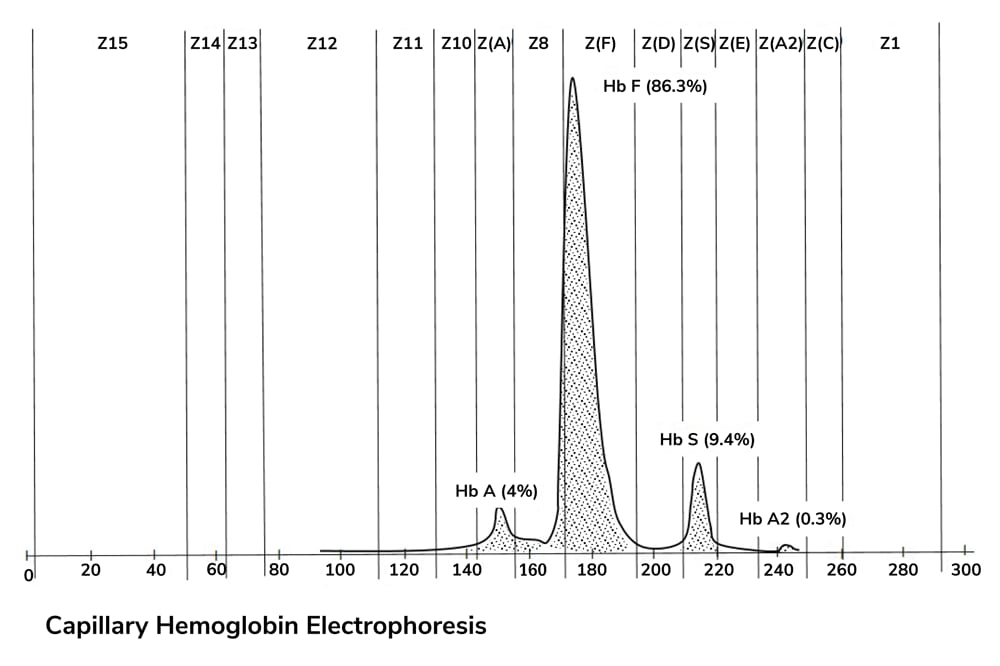
A Nature Cell Biology study has uncovered how stem cells in the hair follicle respond differently to environmental stress, determining whether they contribute to hair graying or to tumor formation.
The researchers focused on melanocyte stem cells (McSCs) – the cells responsible for producing pigment in hair – and how their fate changes under various types of DNA damage. Using mouse models, they tracked how McSCs and their surrounding tissue environment, or “niche,” respond to genotoxic stress.
When McSCs experienced DNA double-strand breaks, they entered a process called senescence-coupled differentiation. In this state, the damaged cells stopped dividing and matured into pigment-producing cells. While this leads to hair graying by depleting the pool of stem cells, it also prevents those damaged cells from turning cancerous.
However, when exposed to chemical carcinogens, the response was different. Carcinogens suppressed this protective differentiation process by activating arachidonic acid metabolism and KIT ligand signaling from the surrounding niche. This drove the damaged stem cells to self-renew rather than differentiate – allowing them to persist and potentially form melanoma.
The findings suggest that the balance between stem cell exhaustion (leading to aging phenotypes like graying) and expansion (which increases cancer risk) depends on both the nature of the damage and the local signaling environment.
These results highlight the diagnostic importance of understanding stem cell-niche interactions and how tissue responses to environmental stress contribute to disease development. The study also highlights the role of molecular signaling pathways in distinguishing between protective aging processes and tumor-promoting mechanisms.
While the research was conducted in mouse models, the mechanisms may help explain how environmental exposures influence both visible aging changes and cancer susceptibility in human tissue. The authors note that further work is needed to confirm whether these same pathways operate in human melanocyte stem cells and to explore their potential as diagnostic or therapeutic targets.




